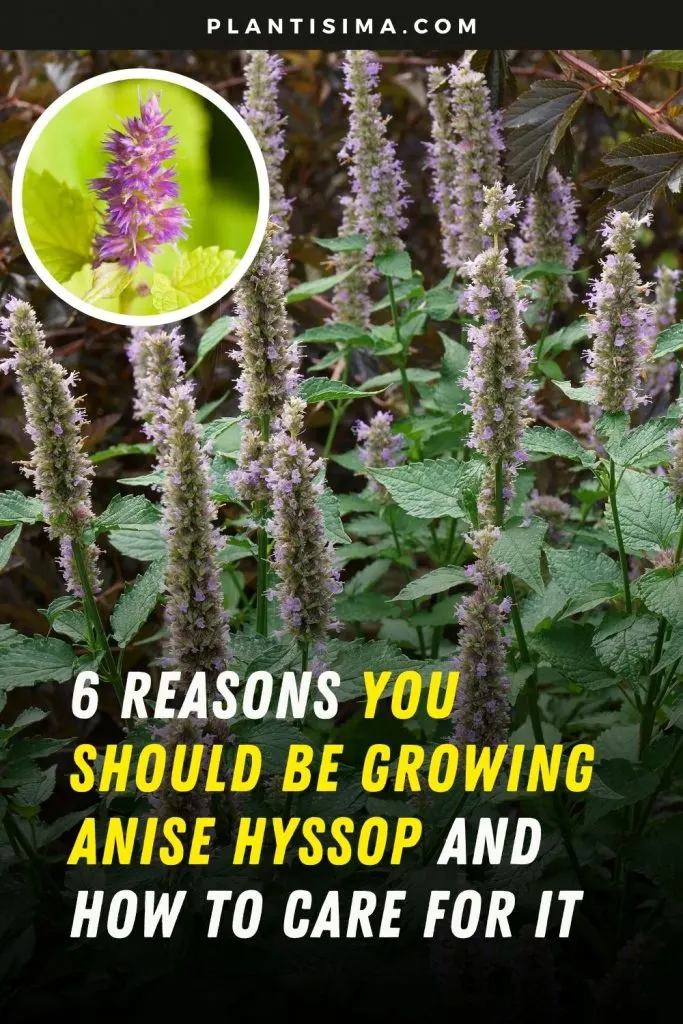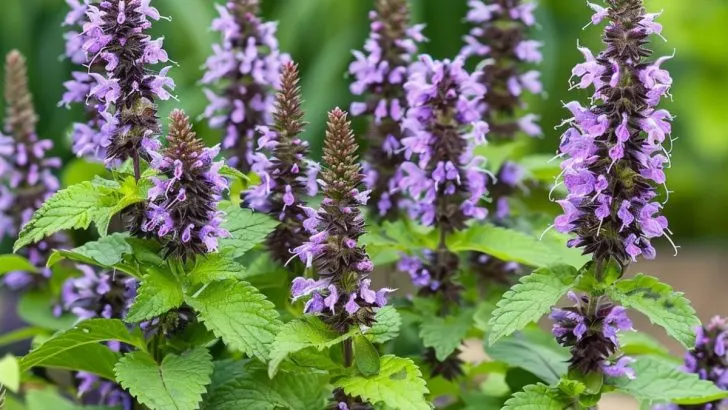Anise Hyssop, or Agastache foeniculum, might not be a household name for every gardener, but once you discover its many benefits, you’ll wonder why it’s not a staple in every garden.
It’s an easy-to-grow, versatile perennial with beautiful blooms and a delightful fragrance that has captured the hearts of many gardening enthusiasts.
If you’re looking for a low-maintenance yet rewarding plant, look no further. Here’s why you should consider growing Anise Hyssop in your garden and how to care for it.
1. Supports Pollinators and Wildlife Year-Roun
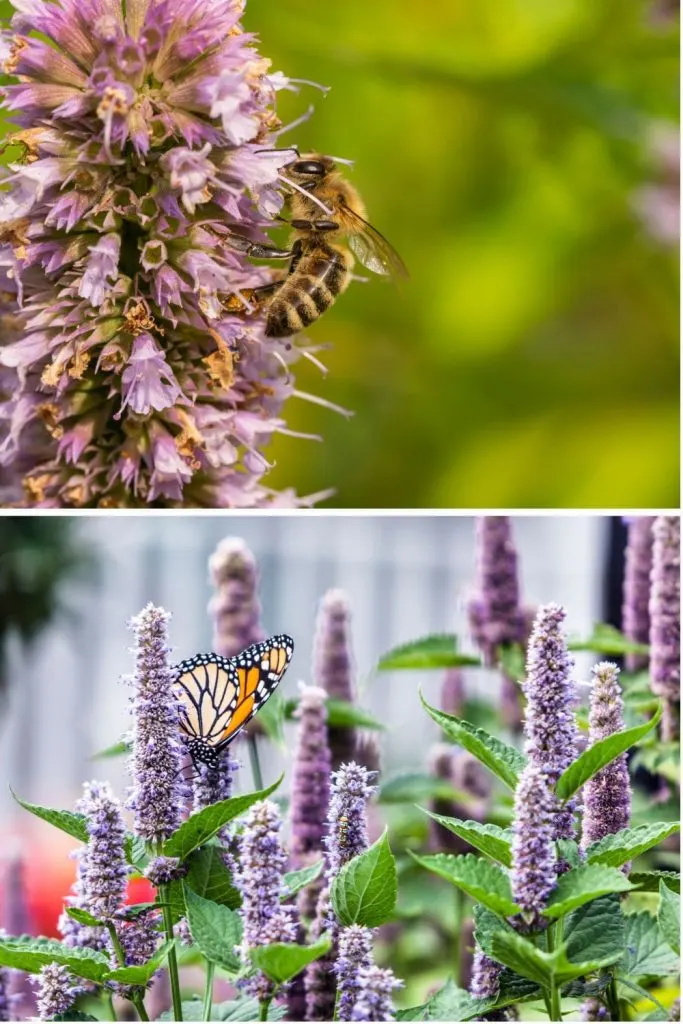
Anise Hyssop is a magnet for pollinators like bees, butterflies, and hummingbirds. Its long flowering period, which can last from June to September, ensures a steady nectar source when many other plants have stopped blooming.
This is particularly beneficial for pollinators during the late summer months. Additionally, if you leave the seed heads standing through winter, they provide a valuable food source for small birds, contributing to the biodiversity of your garden.
Tip: To make your garden even more attractive to wildlife, plant Anise Hyssop alongside other pollinator-friendly plants like echinacea, rudbeckia, and bee balm.
2. Edible Herb with Unique Flavor
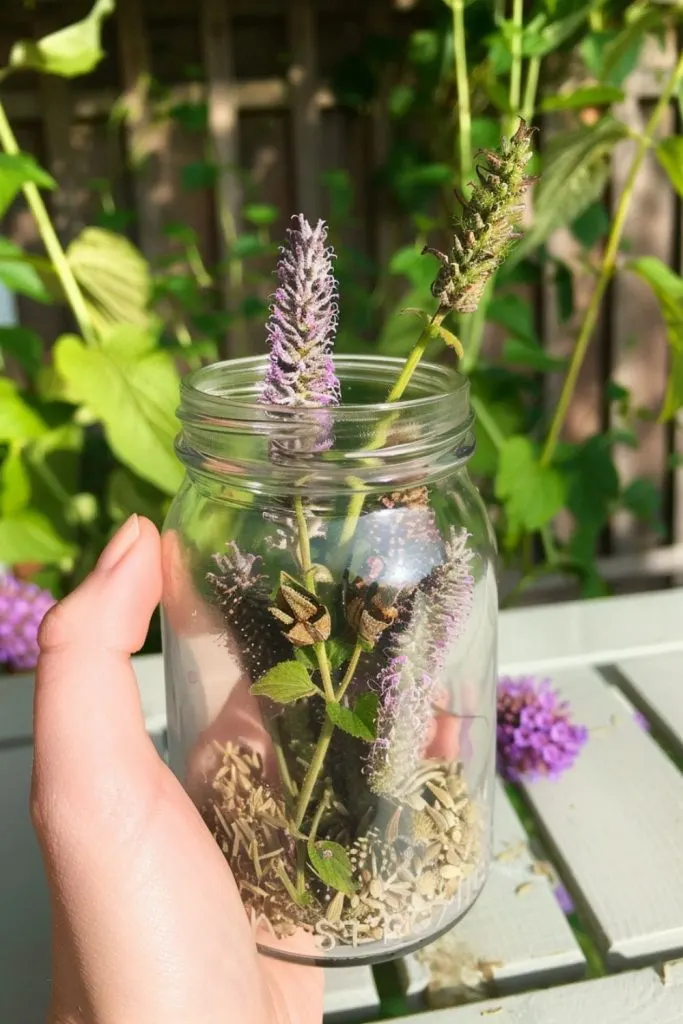
Anise Hyssop is more than just a pretty face in the garden—it’s a culinary treasure. Both the leaves and seeds are edible, with a flavor reminiscent of licorice or fennel, combined with a light citrus note.
The leaves can be used in teas, salads, or as a garnish, while the seeds work wonderfully in baked goods like bread and cookies. For herbal tea lovers, Anise Hyssop can add a refreshing twist to your usual blends.
Ideas:
– Add fresh Anise Hyssop leaves to lemonade or iced tea for a refreshing summer drink.
– Use the seeds in savory dishes or bread recipes for a subtle anise flavor.
3. Low Maintenance and Drought Tolerant
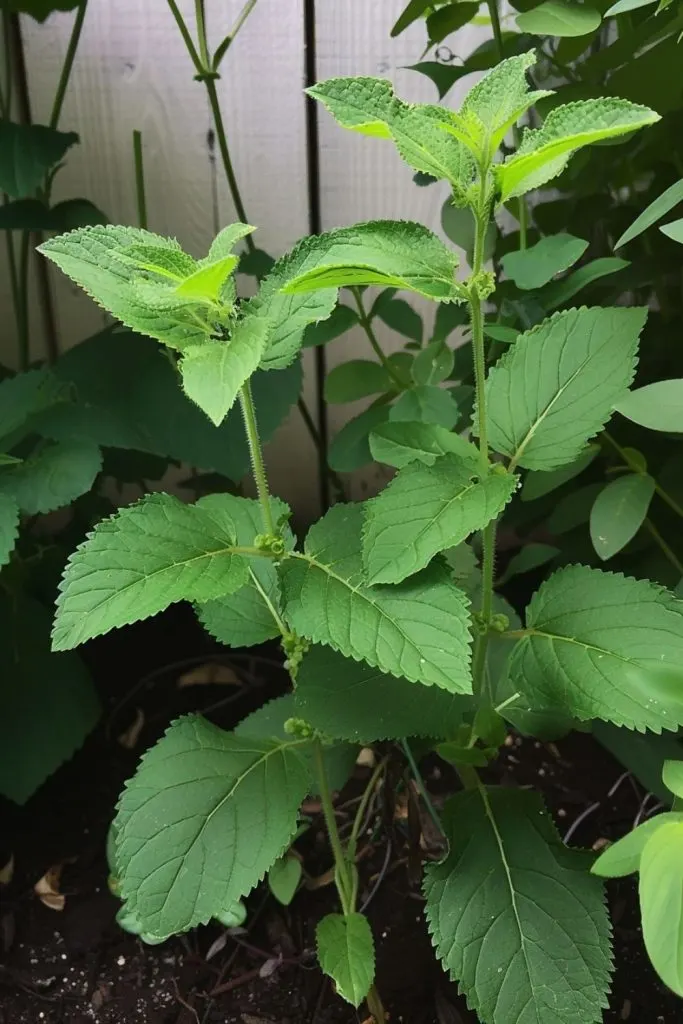
For gardeners who don’t have time for high-maintenance plants, Anise Hyssop is a dream come true. Once established, it requires minimal care.
It thrives in well-drained soil and can tolerate dry conditions, making it perfect for drought-prone areas.
Unlike its mint relatives, Anise Hyssop doesn’t spread invasively, so you won’t have to worry about it overtaking your garden. A light pruning in the fall or early spring will keep the plant in shape.
Care Tip: After the first bloom, cutting back spent flowers can encourage a second round of flowering later in the season.
4. A Native Plant for North America
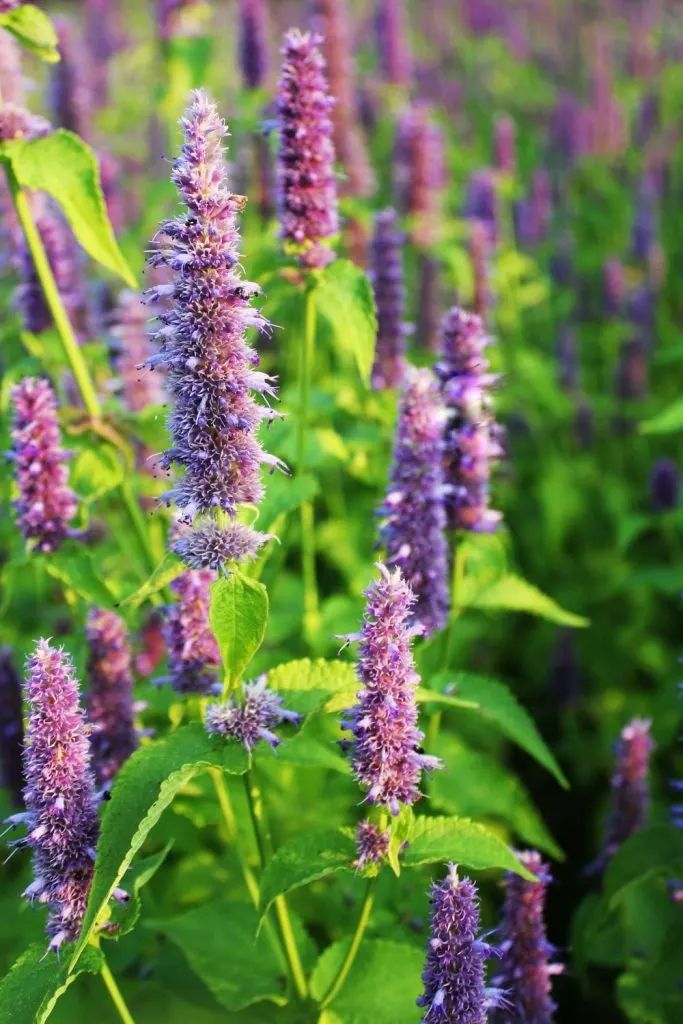
Anise Hyssop is native to North America, particularly to the Midwest and parts of Canada. Growing native plants like Anise Hyssop can help maintain the ecological balance in your garden.
Native plants are adapted to local soils and climates, making them more resilient and less prone to disease. Plus, they support local wildlife and ecosystems far better than non-native species.
Environmental Benefit: By planting native species like Anise Hyssop, you’re contributing to a healthier, more sustainable environment while promoting biodiversity in your garden.
5. Resistant to Pests and Disease
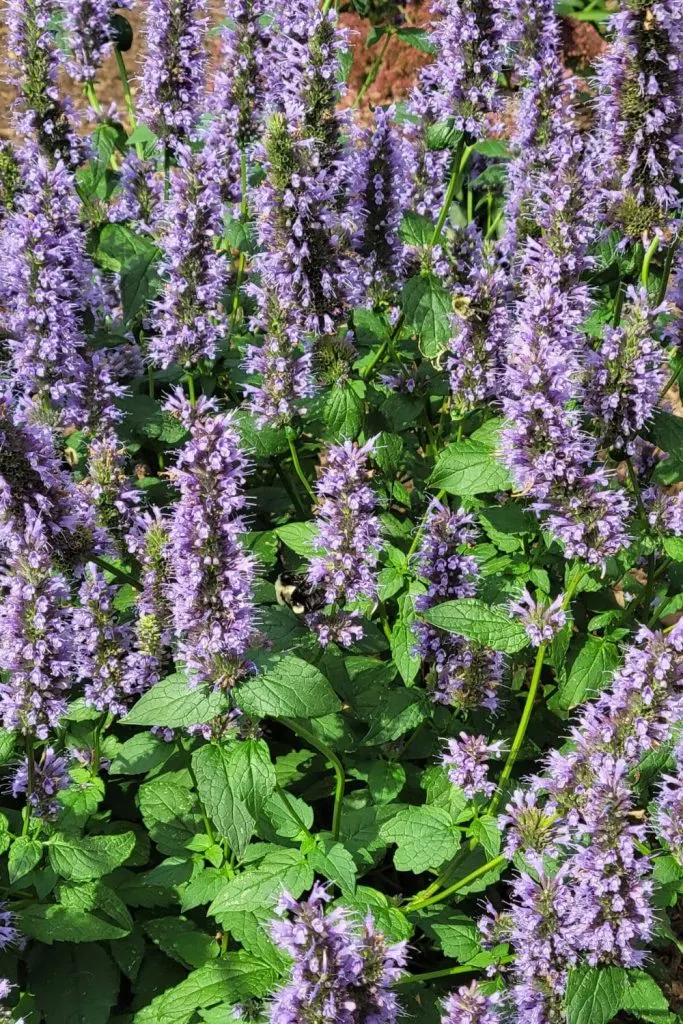
One of the most appealing aspects of Anise Hyssop is its resistance to pests and diseases. Its aromatic foliage deters common garden pests such as deer and rabbits, making it a natural choice for protecting more vulnerable plants in your garden.
Additionally, unlike other members of the mint family, Anise Hyssop is resistant to powdery mildew, a common fungal problem in many gardens.
Companion Planting Tip: Plant Anise Hyssop near vegetables or herbs prone to pest attacks as a natural deterrent.
6. Versatile for Landscaping and Container Gardening
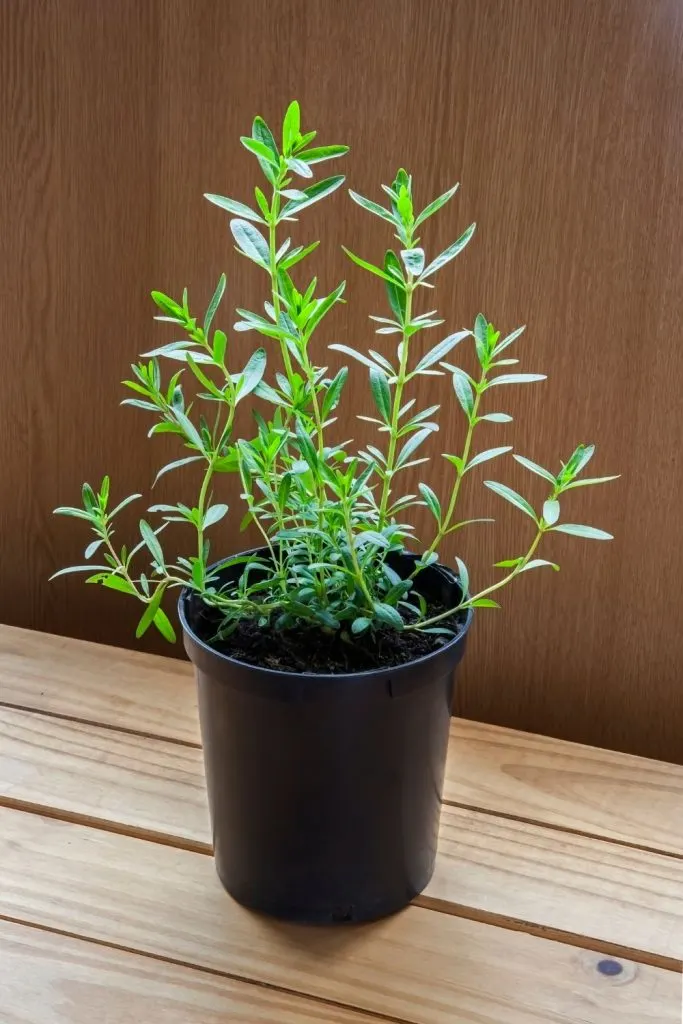
With its tall, upright growth and striking spikes of purple, blue, or even apricot-colored flowers, Anise Hyssop makes a versatile addition to any garden.
It fits beautifully in pollinator gardens, cottage-style borders, or wildflower meadows. Anise Hyssop also does well in containers, making it perfect for patios or smaller spaces where you can enjoy its fragrance and beauty up close.
Landscape Tip: Combine Anise Hyssop with ornamental grasses or other drought-tolerant perennials for a natural, low-maintenance garden design.
How to Grow and Care for Anise Hyssop
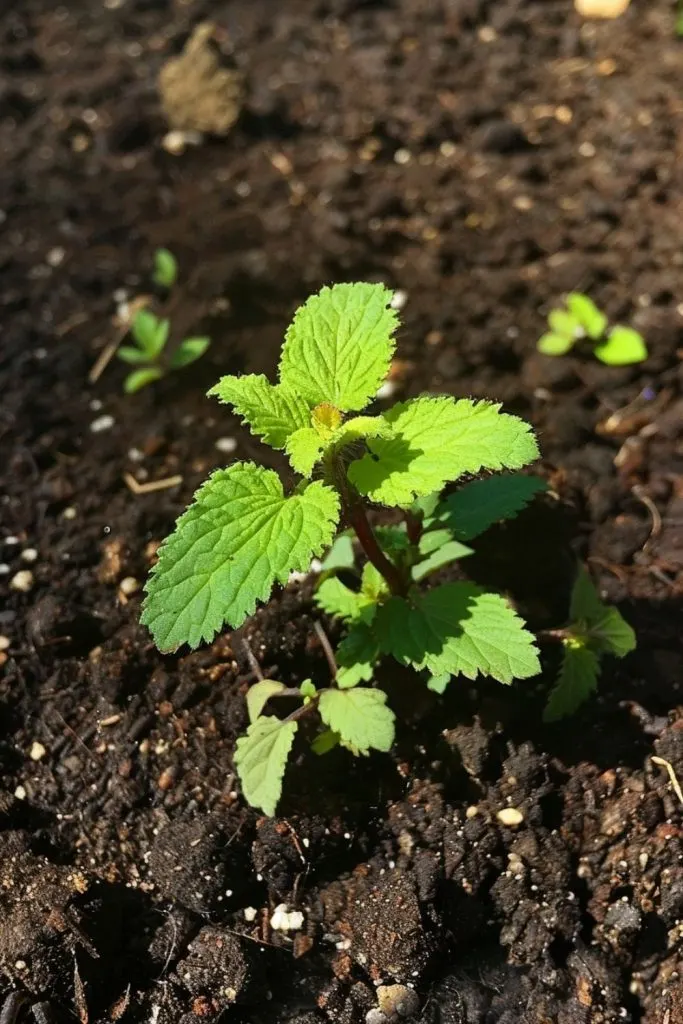
Growing and caring for Anise Hyssop is relatively simple, making it a great option for both beginner and seasoned gardeners. Here’s how you can ensure your Anise Hyssop thrives:
1. Planting Location: Anise Hyssop loves the sun, so choose a location that receives at least 6 hours of sunlight daily. While it can tolerate partial shade, full sun will produce more abundant blooms and stronger plants.
2. Soil Requirements: This plant thrives in well-drained soil, and unlike many other herbs, it actually prefers slightly lean or poor soils. Adding compost or organic matter during planting can help, but avoid over-fertilizing as it may lead to lanky growth and fewer flowers.
3. Watering: While establishing the plant, ensure that the soil is consistently moist but not waterlogged. Once the plant is mature, it becomes quite drought-tolerant and only needs occasional watering, especially during dry spells.
4. Pruning for Bloom: Anise Hyssop can benefit from light pruning throughout the growing season. Deadheading spent flowers not only keeps the plant looking tidy but encourages continuous blooming. In late fall, you can leave the seed heads on the plant to feed birds through the winter.
5. Winter Care: Anise Hyssop is hardy in zones 4-8 and typically doesn’t require much protection in the winter. However, mulching around the base with a layer of straw or leaves can insulate the roots, especially in colder climates. Come spring, prune back dead growth to about 20 cm above the ground to make way for fresh shoots.
6. Propagation: Anise Hyssop can be grown from seeds, cuttings, or by dividing established plants. Seeds should be sown indoors 6-8 weeks before the last frost and transplanted outside once the soil warms. The seeds need light to germinate, so simply scatter them on moist soil without covering them.
With minimal maintenance, Anise Hyssop will return year after year, offering beauty, scent, and benefits to your garden ecosystem.
Creative Uses for Anise Hyssop in the Kitchen
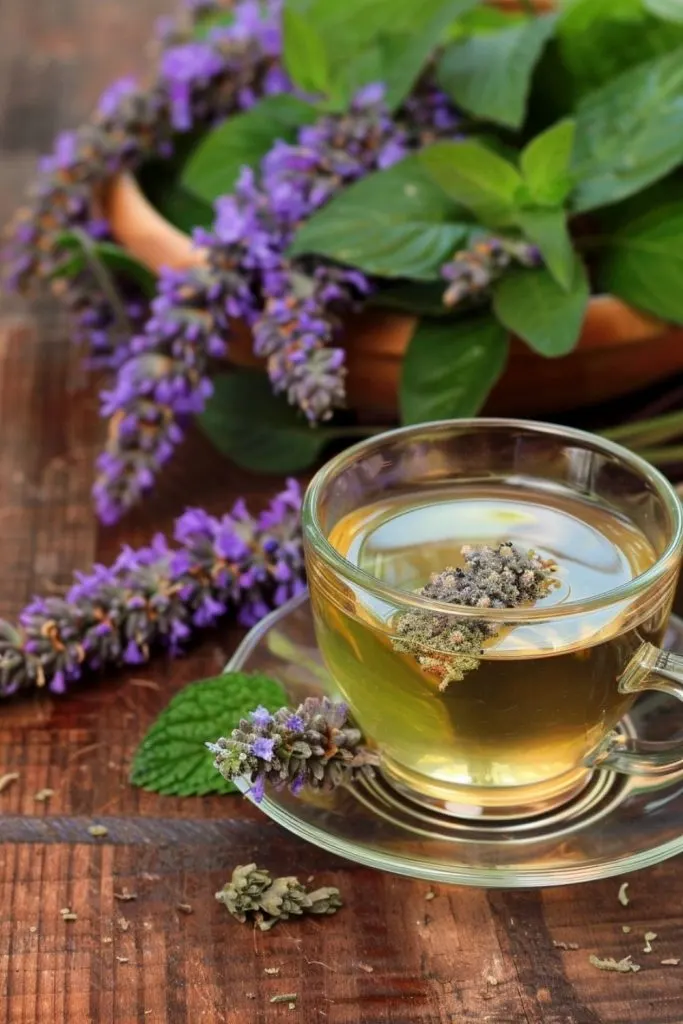
Anise Hyssop is more than just a beautiful plant; its leaves, flowers, and seeds offer unique flavors that can be used creatively in various dishes. The herb’s mild licorice taste, with hints of mint and citrus, adds depth to both sweet and savory recipes.
1. Teas and Infusions: The leaves and flowers of Anise Hyssop make an excellent herbal tea. Simply steep a handful of fresh or dried leaves in hot water to create a soothing, fragrant drink. You can also mix it with other herbs like lemon balm or mint for a refreshing iced tea in the summer.
2. Flavorful Salads: The tender young leaves can be added to salads, offering a mild, licorice-like taste that pairs well with other fresh herbs and vegetables. The vibrant flowers can be sprinkled on top as an edible garnish, adding a burst of color and a subtle sweetness.
3. Herb-Infused Oils and Butters: Incorporate Anise Hyssop into your cooking by making herb-infused oils or butters. Finely chop the leaves and blend them into softened butter or olive oil for a unique spread that pairs well with breads, grilled vegetables, or roasted meats.
4. Baking with Anise Hyssop: The herb’s flavor works wonderfully in baked goods. Add the flowers or leaves to cookie dough, bread, or muffin batter for an unexpected twist. You can also make a floral syrup by simmering the flowers in sugar and water, which can be drizzled over desserts like cakes or ice cream.
5. Pickling: For a more adventurous use, consider adding Anise Hyssop seeds to homemade pickles. They lend a subtle sweetness and complexity to the brine, enhancing the flavor of pickled vegetables.
6. Cocktails and Mocktails: Use Anise Hyssop to create syrups or muddle fresh leaves for cocktails. Its licorice-mint flavor pairs well with lemon, gin, or rum for a fresh, herbal twist on classic drinks.
By experimenting with Anise Hyssop in your cooking, you’ll discover its ability to elevate both everyday meals and special occasion dishes with its unique blend of flavors.
